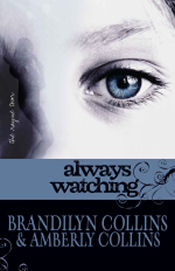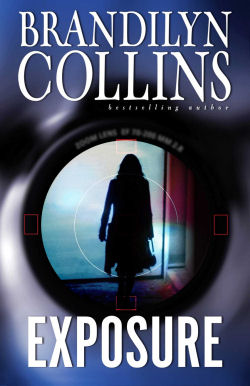|
Symbolism
is often a
vague, esoteric aspect of fiction. We novelists hear about it, but we
can’t quite define it, much less know how to use it. So let’s talk a
bit about what symbolism is, how we can study its use in others’ works,
and how we might apply it to our own novels.
By the way, symbolism may also
be called “imagery” or a story’s “image system.”
 A simple working definition of
symbolism in fiction could be: the subtle and recurring use
of places, things, or events to convey a subliminal message that
deepens and enhances the story’s action and message.
A simple working definition of
symbolism in fiction could be: the subtle and recurring use
of places, things, or events to convey a subliminal message that
deepens and enhances the story’s action and message.
Let’s break this definition into
sections:
(A) The subtle and recurring use. Symbolism
should be used repeatedly throughout the story but not in a
heavy-handed way. The average reader isn’t supposed to say, “Ah, here’s
a piece of symbolism.” Whatever is used in a symbolic manner should
seem very natural to the story. In fact, if symbolism begins to stick
out, it loses its purpose, for only in subtlety can it be effective. A
good analogy would be the playing of background music in a fine
restaurant. The music adds ambiance, but it’s low enough that diners
can enjoy the food and conversation without paying conscious attention
to it.
(B) Of places, things, or events. A “place” might
include a specific location—a certain bridge or building, or a general
location, such as the use of different schools. “Things” can run the
gamut—anything from potted plants to roads, wind to water, a certain
color to a certain texture. “Events” can be an occurrence—a sunset or
party—or they can be actions—running, or playing the piano.
(C) To convey a subliminal message. This springs
from Point A. The subtlety of the symbolism sends an unconscious
message to the reader. Again, to use the analogy of music in a
restaurant, a fine Italian restaurant may quietly play Italian opera,
conveying the message not only of being in an Italian atmosphere, but
also of being in a cultured, elegant atmosphere, because opera is
viewed as cultured music. If the restaurant wanted to convey a more
lively “Italian family” atmosphere, it might play Italian classic songs
along the lines of “O Solo Mio” rather than operatic arias.
(D)
That deepens and enhances the
story’s action and message. The continued and logical use
of symbolism in your novel makes the story stand out, become bigger
than itself. It helps your reader experience the conflict and action
within the
|
story,
and it can also help the underlying message resonate
more deeply within the reader. Just as the saying goes “a picture is
worth a thousand words,” so can a symbol be worth a thousand words by
suggesting far more meaning than its own definition.
Symbolism falls into two general
categories, which I call “definitive” and “non-definitive.” Definitive
symbolism means those places, things, or events that have become a
known and easily recognized symbol for some bigger concept. For
example, a flag or the Fourth of July stands for patriotism, a church
for Christianity or God, the swastika for genocide or hatred of the
Jews. A few words of caution about using definitive symbols: They can
often seem trite because there’s nothing fresh about them. And they’re
hardly subtle. Better to steer clear of them unless you can employ them
in a truly unique way.
“Non-definitive” symbolism is
the use of places, things, or events to mean something entirely
different from their traditional meaning. For example, my women’s
fiction novel Color the Sidewalk for Me uses two
non-definitive symbols: sidewalks and water. Sidewalks are symbolic of
both the action and the message of the story; water is symbolic only of
the action. Sidewalks stand for the constant and solid importance of
certain relationships in the protagonist’s life, even though those
relationships may seem hopelessly broken. On a larger scale, the
sidewalks also stand for similar relationships within the lives of the
readers, because I want my readers to take away from that novel the
message that broken relationships within their lives can be mended with
God’s help. The water is symbolic of the inconstancy in the life of
Celia, the protagonist. The irony is Celia would see these two symbols
as the opposite—that is, she would think of water as positive and
sidewalks as negative—until she learns all she has to learn.
In Part II next month, we’ll
look at how to study the use of symbolism in other works—so we can use
it more effectively in our own.

|